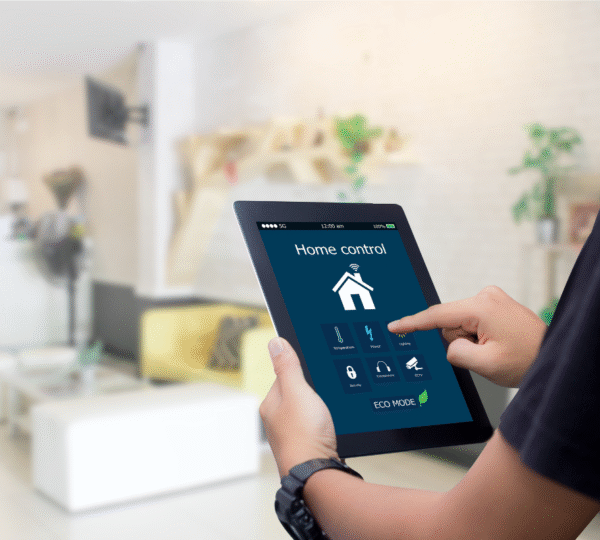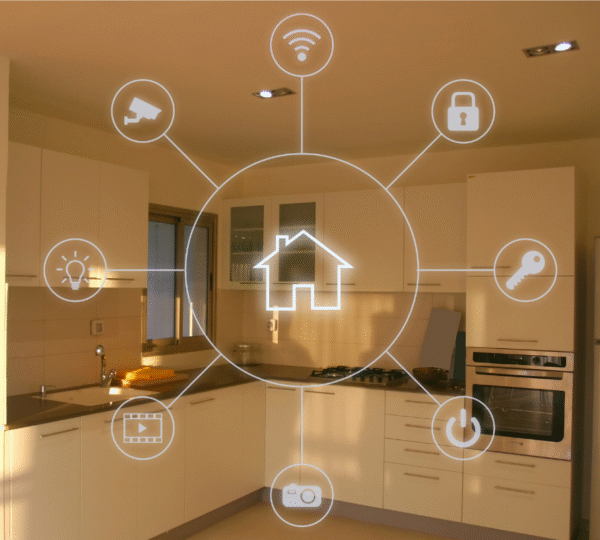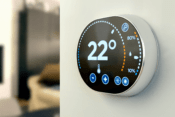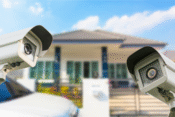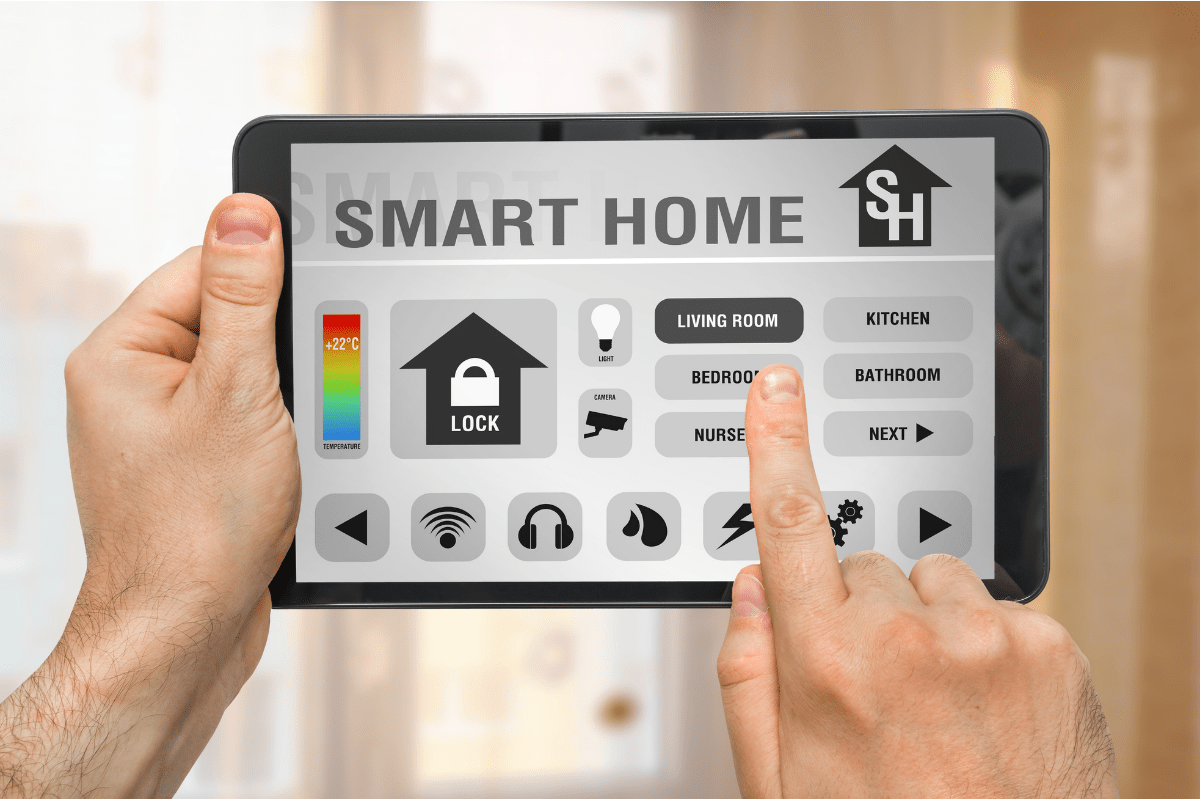
Smart Home AI Integration Guide
Imagine waking up to the smell of freshly brewed coffee while your favorite playlist drifts softly from the living room speakers. Your blinds rise slowly, letting in just enough sunlight, and the thermostat adjusts to the perfect morning temperature before you step out of bed. No buttons pressed, no reminders set, no rushing around.
For Daniel, a busy father of two, this is not a futuristic dream. It is his morning reality thanks to a carefully integrated smart home powered by artificial intelligence. At first, Daniel thought smart homes were complicated and expensive luxuries. But after a few small upgrades, he realized that AI could make his life easier, save energy, and give him peace of mind without demanding much effort.
Like Daniel, many people are curious about smart homes but feel unsure about how to start. That is where this guide comes in.
Why AI Matters in Smart Homes
Smart devices by themselves can be useful, but when combined with AI, they move from being reactive to proactive. Instead of just following simple commands, AI-powered smart systems learn your habits, anticipate your needs, and optimize your home’s functions in real time.
For example:
- A regular thermostat follows a set schedule.
- An AI thermostat learns when you usually leave for work and adjusts the heating or cooling automatically.
This adaptability is what makes AI integration transformative.
Fun Fact: Did you know that voice assistants like Alexa or Google Assistant can recognize different household members by their voice? That means your teenager asking for music will not disrupt your morning news briefing. This personalized recognition makes AI feel more human in daily use.
Steps to Start Smart Home AI Integration
1. Start Small with a Voice Assistant
Most people begin with a voice-controlled speaker like Amazon Echo, Google Nest, or Apple HomePod. These assistants connect with other smart devices and serve as the brain of your AI ecosystem.
Expert insight: According to Statista, more than 320 million households worldwide used voice assistants in 2022, showing how mainstream they have become.
2. Automate Lighting
Smart bulbs and switches are some of the easiest ways to dip into AI integration. They can adjust brightness based on time of day, motion, or even your voice commands.
Tip: Use AI to create “scenes.” For example, a “Movie Night” scene dims the lights, lowers the blinds, and turns on your TV with one command.
3. Optimize Energy with Smart Thermostats
AI-powered thermostats like Nest or Ecobee learn your routine and adjust heating or cooling to save money.
Fun Fact: The U.S. Department of Energy found that programmable thermostats can save up to 10 percent on annual heating and cooling costs. AI thermostats often save even more by predicting user behavior.
4. Enhance Security with AI Cameras
AI security systems go beyond recording video. They can recognize familiar faces, detect unusual movement, and send alerts directly to your phone.
Expert Insight: Security specialist Dr. Raj Samani notes, “AI does not just improve security, it makes it proactive. The system learns what is normal and flags what is not.”
5. Use Smart Appliances for Everyday Tasks
From refrigerators that remind you when groceries are running low to washing machines that select the best cycle, AI-powered appliances take the guesswork out of chores.
Tip: Start with one appliance that matches your lifestyle. For families, smart fridges can be helpful. For busy professionals, robotic vacuums save time.
6. Control Entertainment Seamlessly
AI can learn what kind of music or shows you like based on your patterns. Imagine walking into your living room after work and your favorite playlist starts without you asking.
7. Integrate Everything with a Smart Hub
A smart hub acts like a conductor in an orchestra. It connects all your devices and makes them work together. Without a hub, devices may act independently and miss opportunities for deeper automation.
Fun Fact: Smart irrigation systems use AI to track weather forecasts and soil conditions. They only water your plants when needed, reducing waste. Some systems have saved households up to 50 percent of outdoor water use.
Common Concerns and Solutions
1: It Sounds Expensive
You do not need to upgrade your entire home at once. Start with affordable items like smart bulbs or plugs. As you see value, add more devices gradually.
2: Privacy Risks
AI devices often collect data. Experts recommend reviewing privacy settings regularly, updating software, and buying from trusted brands that comply with security standards.
3: Too Complicated to Set Up
Manufacturers now design products with user-friendly apps and plug-and-play features. Many devices take less than 15 minutes to install.
Expert insight:
- Satya Nadella, CEO of Microsoft: “AI is not just about replacing tasks. It is about amplifying human capability.” This reflects how AI enhances rather than overwhelms daily living.
- Sarah Wilson, Home Technology Consultant: “When done thoughtfully, AI integration does not make your home feel like a robot. It feels more personalized, like your home finally understands you.”
Tips for Successful Smart Home AI Integration
- Plan Before You Buy
Think about what you want to achieve. Do you want more convenience, security, or energy savings? Start with those goals in mind. - Choose Compatible Devices: Stick to one ecosystem (Amazon Alexa, Google Home, or Apple HomeKit) to avoid frustration.
- Test Features One at a Time
Integrate slowly so you are not overwhelmed. For example, try voice control for lights before adding smart thermostats. - Update Regularly
Keep firmware updated to enjoy new features and maintain security. - Educate Everyone at Home: A smart home is for the whole family. Teach kids and elders how to use voice commands or apps.
How Smart Homes Support Sustainability
AI does more than make life easier. It can make homes greener:
- Smart thermostats reduce wasted heating and cooling.
- Smart plugs turn off idle devices automatically.
- AI-powered appliances often use less water and electricity.
Expert Insight: According to the International Energy Agency, smarter energy systems in homes could cut global carbon emissions by up to 10 percent by 2040.
Conclusion
Smart home AI integration is no longer a futuristic dream reserved for the wealthy or tech-obsessed. It is a practical and accessible way to enhance comfort, security, and sustainability in everyday life. Starting small with a smart speaker or a few lightbulbs can snowball into a fully integrated system that learns your habits and works quietly in the background.
The beauty of AI-powered smart homes is that they adapt to you. They save time, reduce energy bills, and give peace of mind without demanding much in return. The key is to approach integration step by step, focusing on your needs rather than chasing every new gadget.
In a world where time is precious and efficiency is prized, smart home AI offers a perfect balance between convenience and responsibility. By adopting it thoughtfully, you can create a home that feels more responsive, secure, and aligned with the sustainable future we all want to build.
References
- Statista. (2022). Voice assistant user statistics.
- U.S. Department of Energy. (2021).
- MarketsandMarkets. (2023). Smart home market forecast.
- International Energy Agency. (2021).
- Ecosystem compatibility reports: Amazon, Google, Apple developer documentation.

